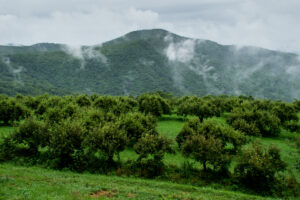
WNC Orchard Insect Pest Populations - May 12, 2025
Recent hail in some orchards will surely affect decisions on continuing to invest in pesticide costs, but for those …



El inglés es el idioma de control de esta página. En la medida en que haya algún conflicto entre la traducción al inglés y la traducción, el inglés prevalece.
Al hacer clic en el enlace de traducción se activa un servicio de traducción gratuito para convertir la página al español. Al igual que con cualquier traducción por Internet, la conversión no es sensible al contexto y puede que no traduzca el texto en su significado original. NC State Extension no garantiza la exactitud del texto traducido. Por favor, tenga en cuenta que algunas aplicaciones y/o servicios pueden no funcionar como se espera cuando se traducen.
Inglês é o idioma de controle desta página. Na medida que haja algum conflito entre o texto original em Inglês e a tradução, o Inglês prevalece.
Ao clicar no link de tradução, um serviço gratuito de tradução será ativado para converter a página para o Português. Como em qualquer tradução pela internet, a conversão não é sensivel ao contexto e pode não ocorrer a tradução para o significado orginal. O serviço de Extensão da Carolina do Norte (NC State Extension) não garante a exatidão do texto traduzido. Por favor, observe que algumas funções ou serviços podem não funcionar como esperado após a tradução.
English is the controlling language of this page. To the extent there is any conflict between the English text and the translation, English controls.
Clicking on the translation link activates a free translation service to convert the page to Spanish. As with any Internet translation, the conversion is not context-sensitive and may not translate the text to its original meaning. NC State Extension does not guarantee the accuracy of the translated text. Please note that some applications and/or services may not function as expected when translated.
Collapse ▲
Recent hail in some orchards will surely affect decisions on continuing to invest in pesticide costs, but for those …
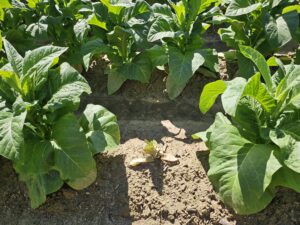
To help growers determine the potential of management practices for TSWV, we have created step-by-step guides on how to …

Codling Moth: The cooler weather pattern has slowed degree-day accumulations, and consequently codling moth development has fallen behind last …
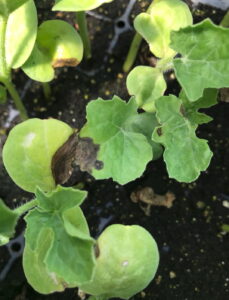
In the past couple of weeks we have seen a few cases of watermelon seedlings infected with gummy stem …
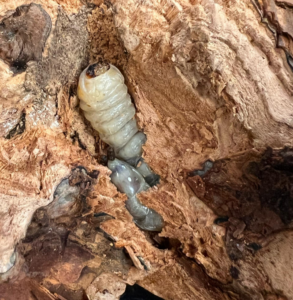
This week, Prionus adults emerged from the soil near the blueberry plants in Pender and Sampson Counties. This is …

We want to inform you that the Tobacco Thrips Flight and TSWV Intensity Predictor tool is currently experiencing technical …

Root-knot nematodes (RKN; Meloidogyne spp.) are microscopic, soilborne roundworms that feed on plant roots. In sweetpotato, they cause galls, …
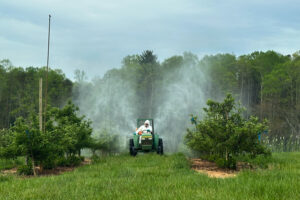
With petal fall sprays completed throughout the region, the focus for the next few weeks will be on first …

Spring tours of North Carolina Cooperative Extension’s Pollinator Paradise Demonstration Garden in Pittsboro start on May 10! The garden features over 225 …

The majority of apples throughout the region are at petal fall, with some later cultivars still blooming. As discussed …
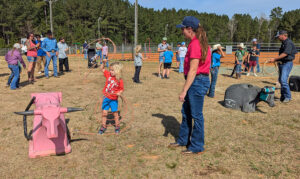
The 5th Annual Chatham County Spring Ag Fest on March 29, 2025, was a success with a great crowd and beautiful …
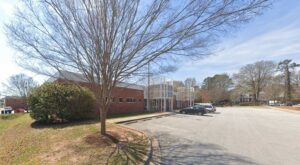
Two significant changes are coming to the PDIC this spring: Our lab will be moving to the Varsity Research …

Petal fall is a critical time for management of plum curculio, and potentially oriental fruit moth and rosy apple …

If you missed them last year or didn’t get your fill, you’ll have another chance to see periodical cicadas …
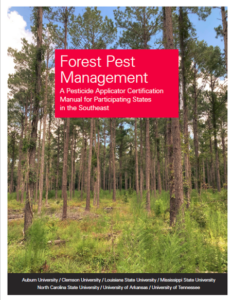
The Pesticide Safety Education Program at NC State University is offering an online exam preparation course for those seeking …
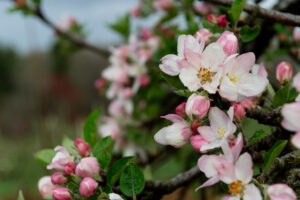
With trees either in or approaching bloom, hopefully orchards have received an oil application at green tip for early …

The North Carolina Department of Agriculture and Consumer Services (NCDA & CS) is offering free services for counties affected …
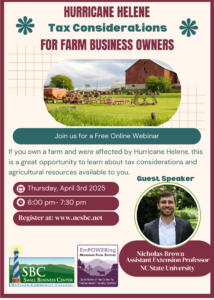
On Thursday, April 3rd, 2025 from 6:00 p.m. to 7:30 p.m., the Small Business Center at Mayland Community College …

This factsheet describes the small hive beetle, its life cycle and how to prevent infestations …

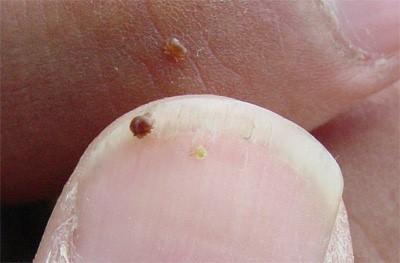
It is the goal of every beekeeper to maintain healthy, productive colonies. This can only …

This manual prepares pesticide applicators for Forest Pest Control Certification exams in the following states: …
To apply restricted-use pesticides to agricultural commodities, you must be certified or be supervised by …

This factsheet offers information on the biology and management of the emerald ash borer, an …

Black root rot impacts a range of woody and herbaceous ornamental plant species primarily in …
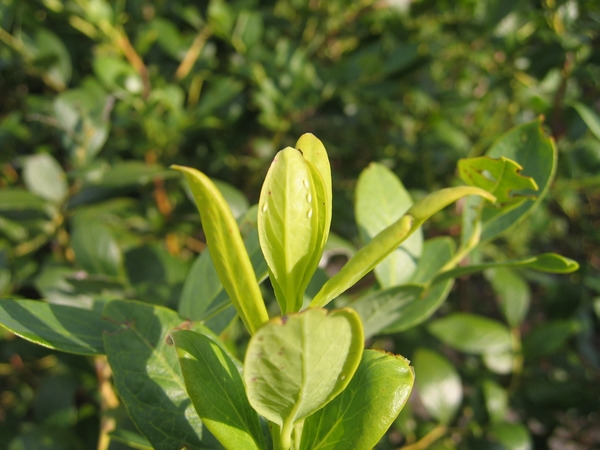
Whiteflies (Hemiptera: Aleyrodidae) are small (< 0.12 inch) and highly diverse insects that feed on …